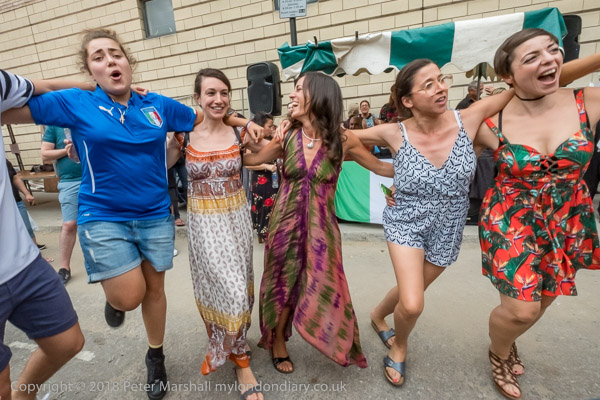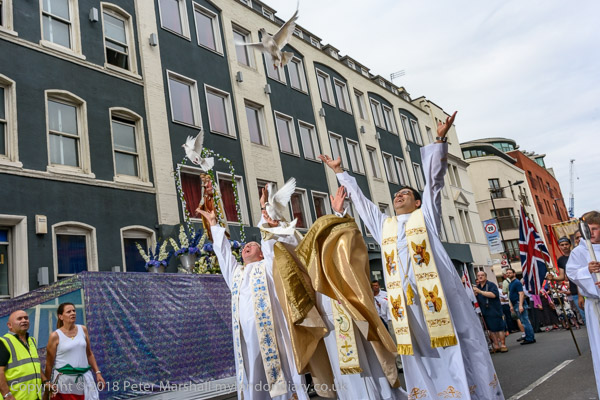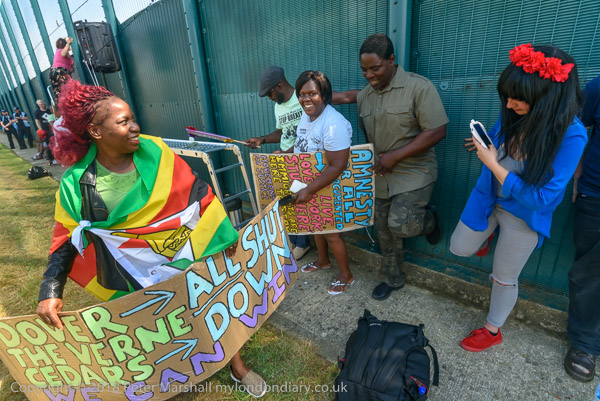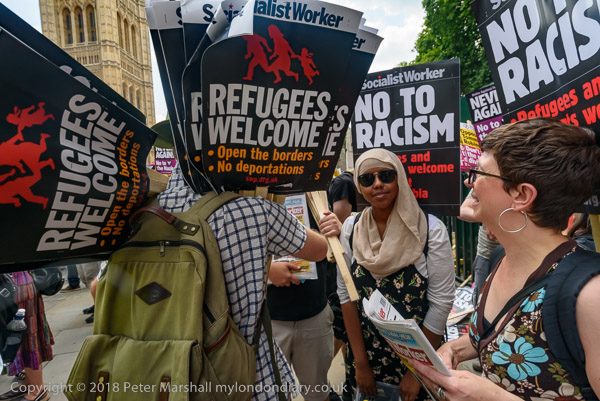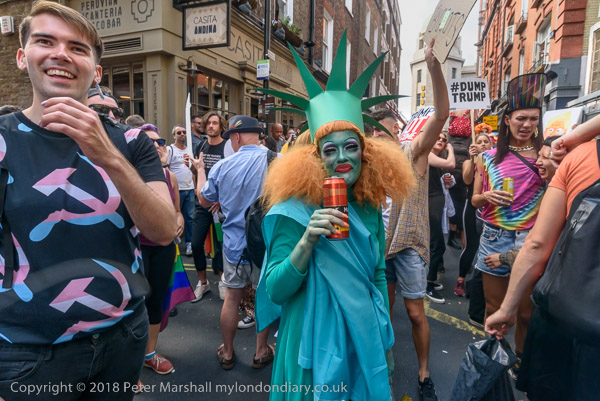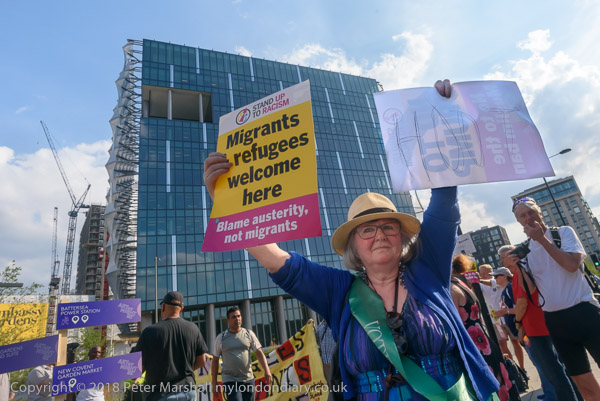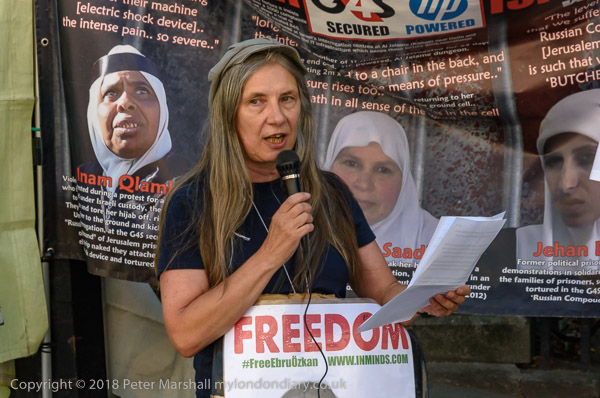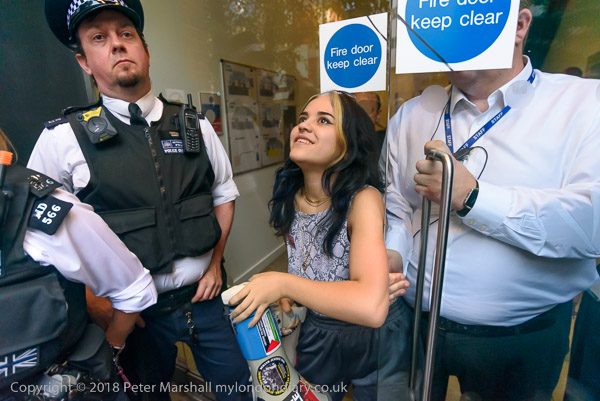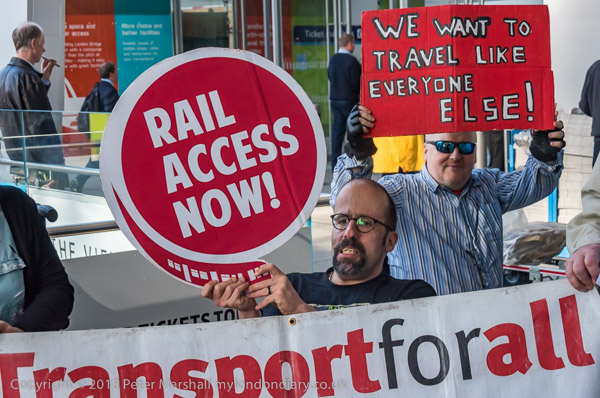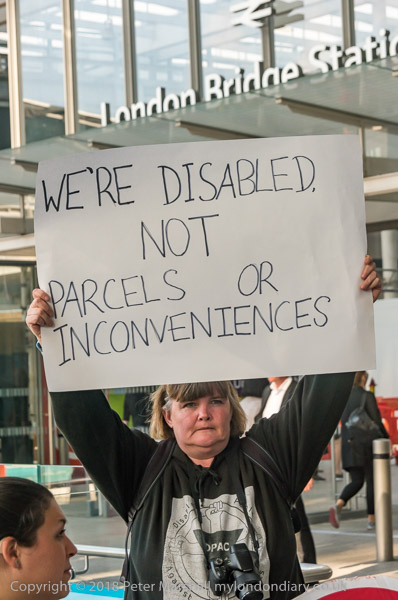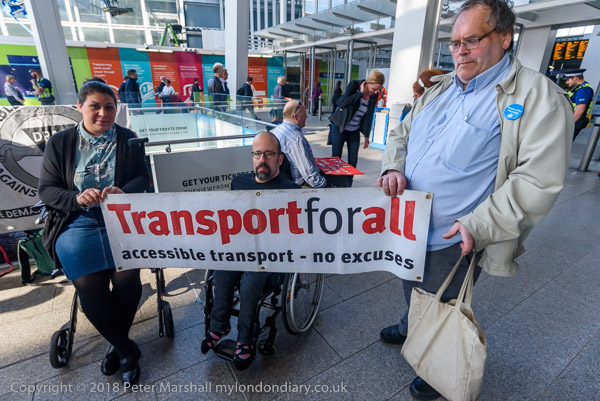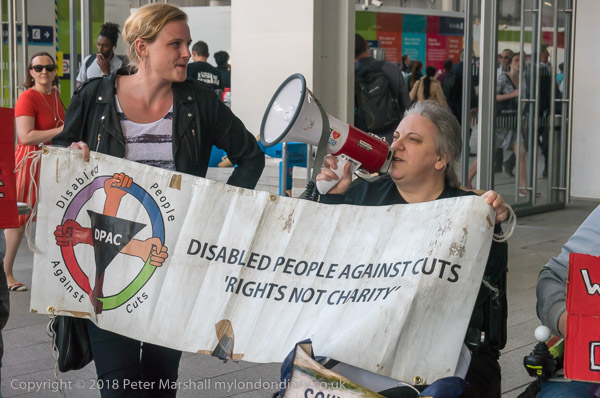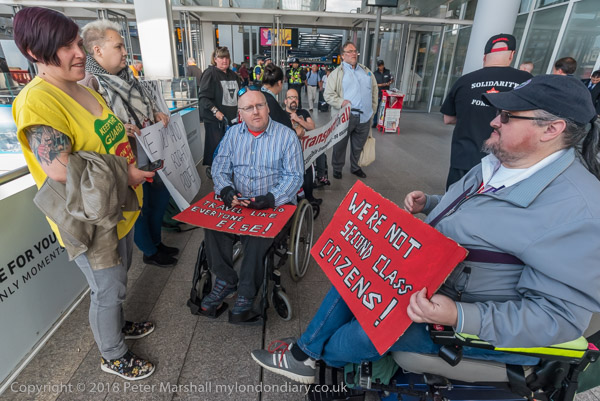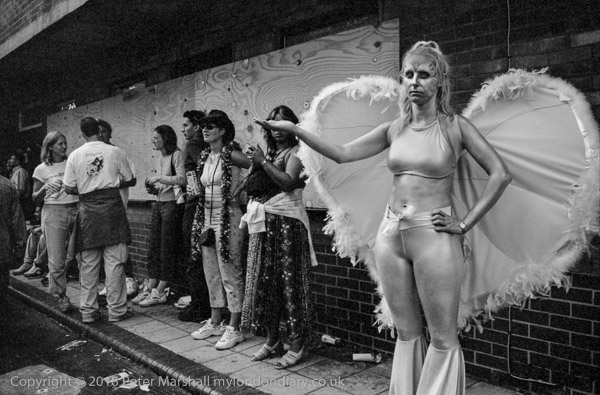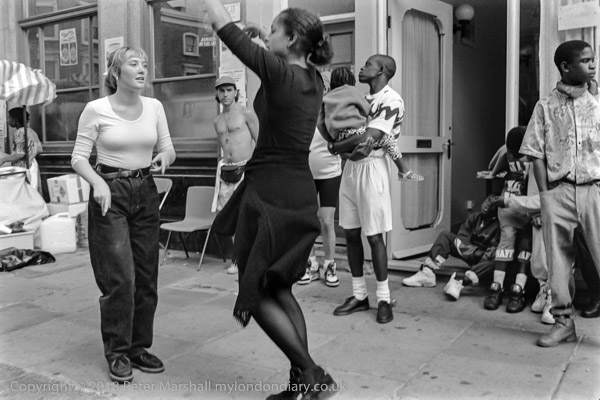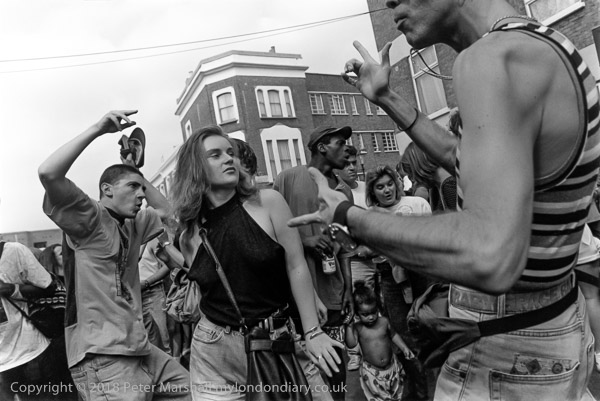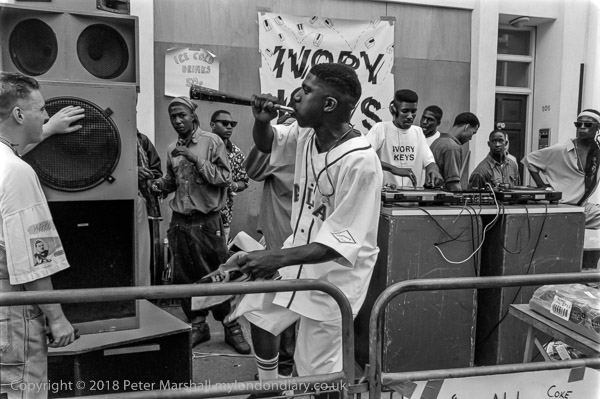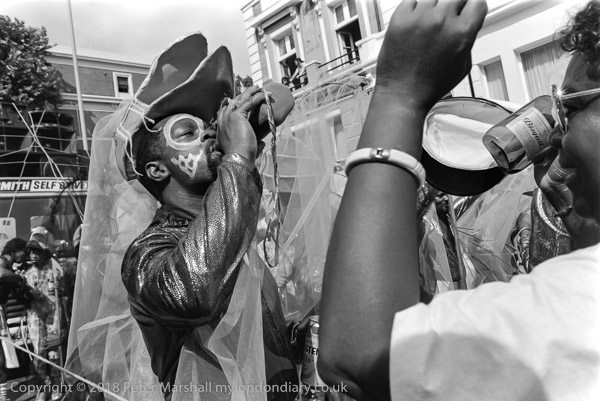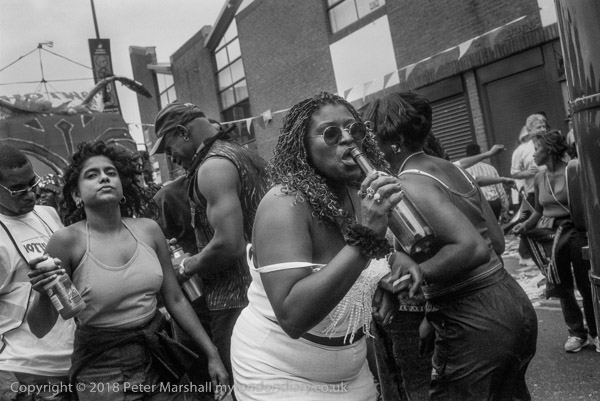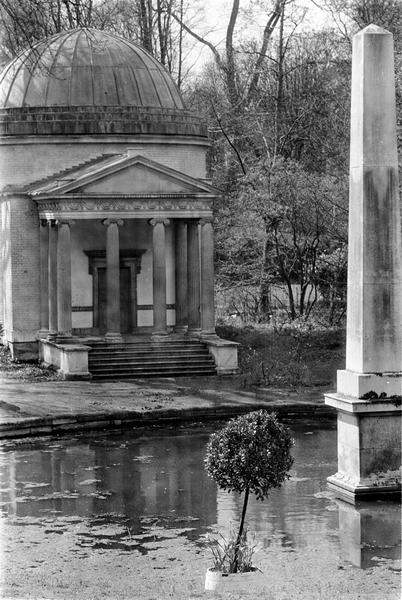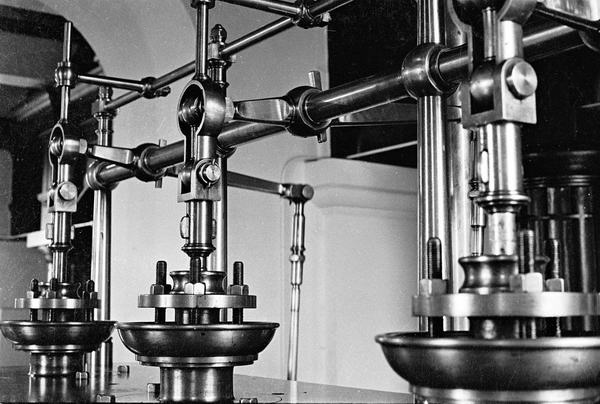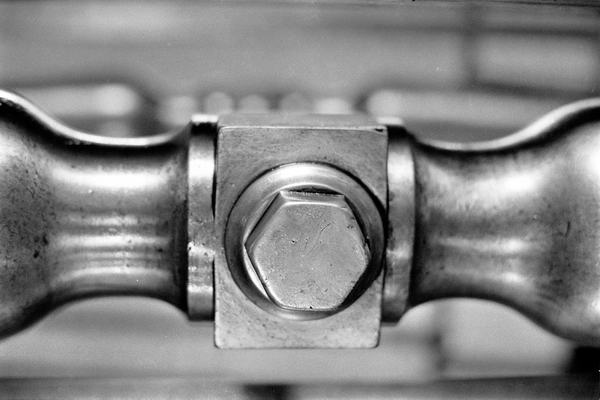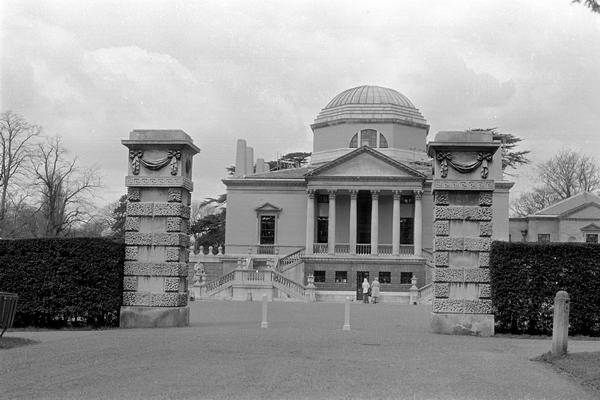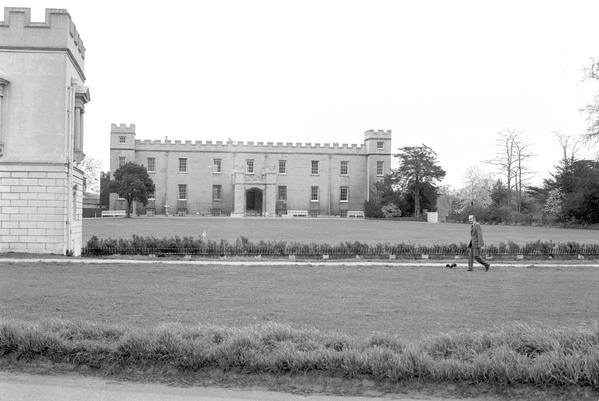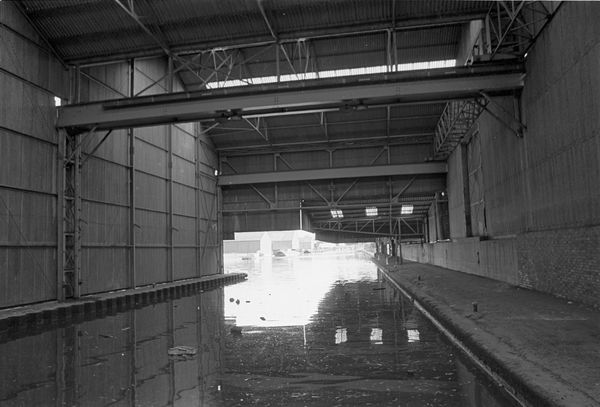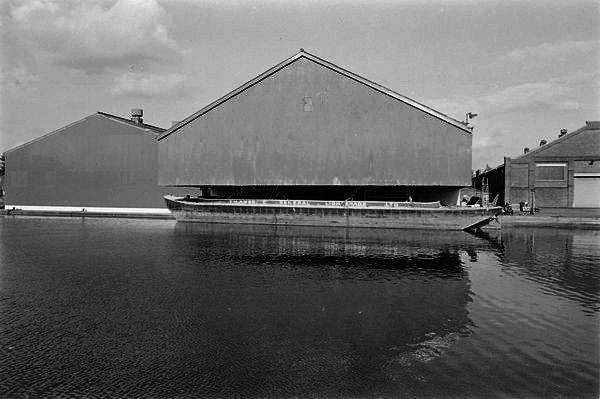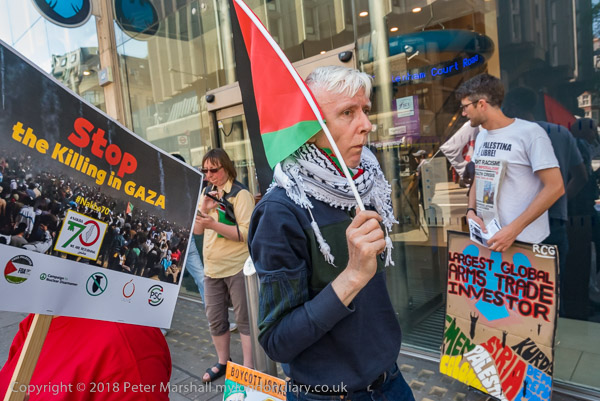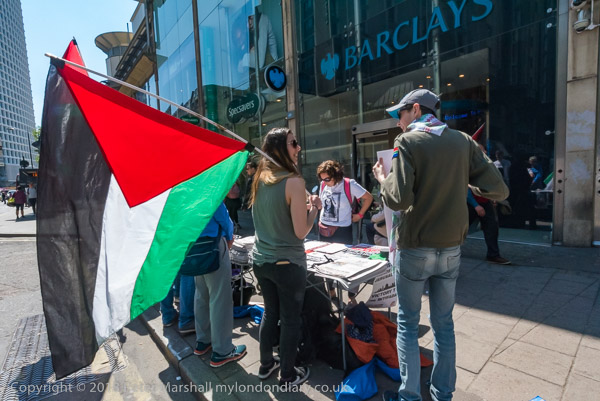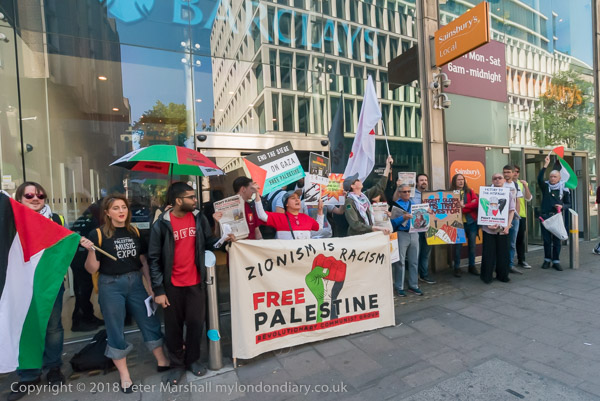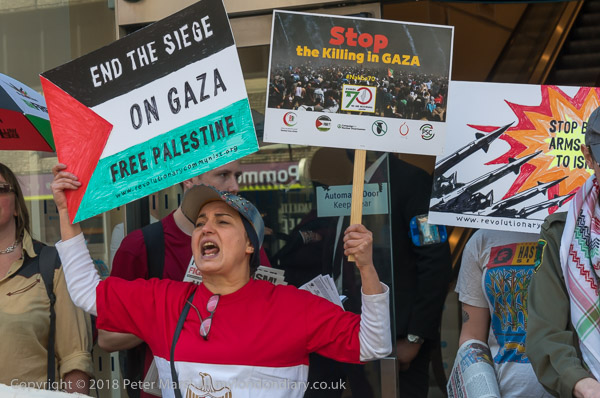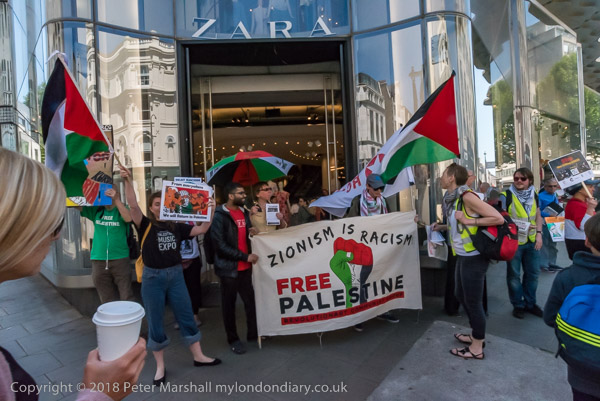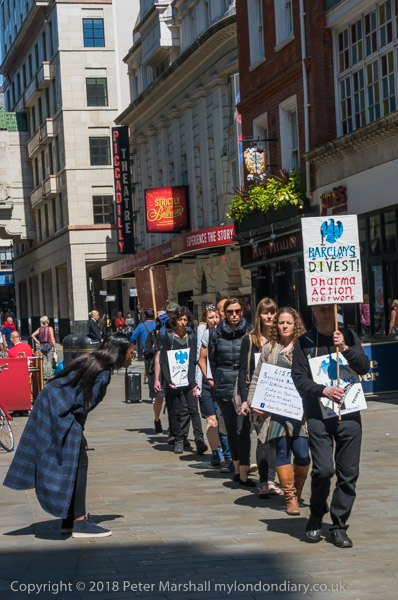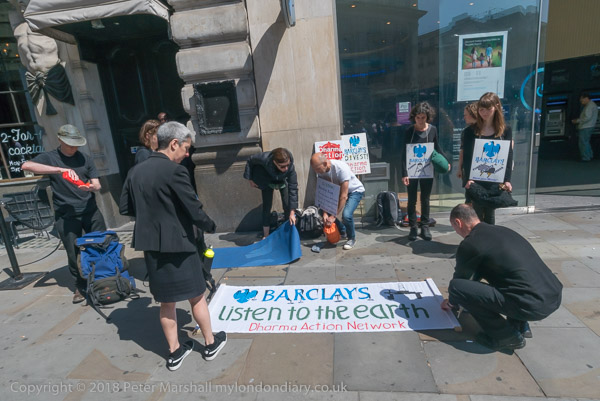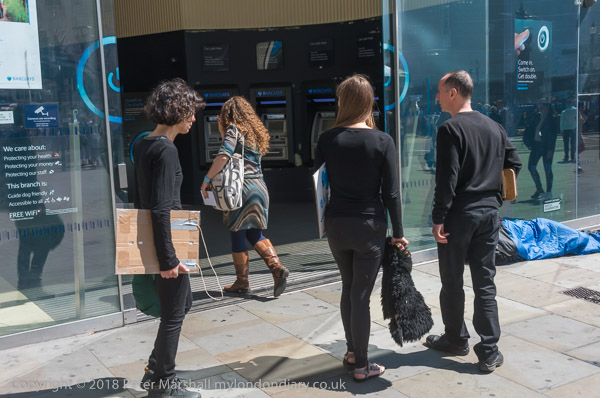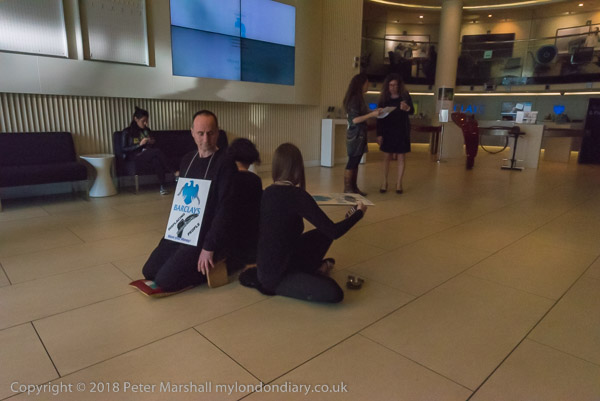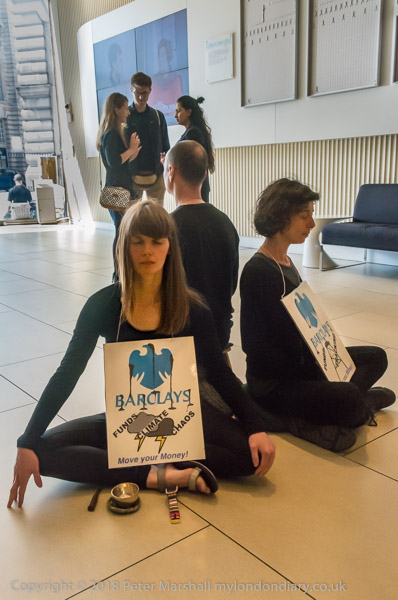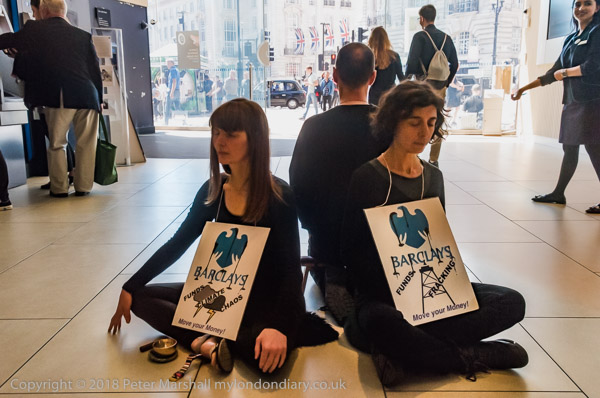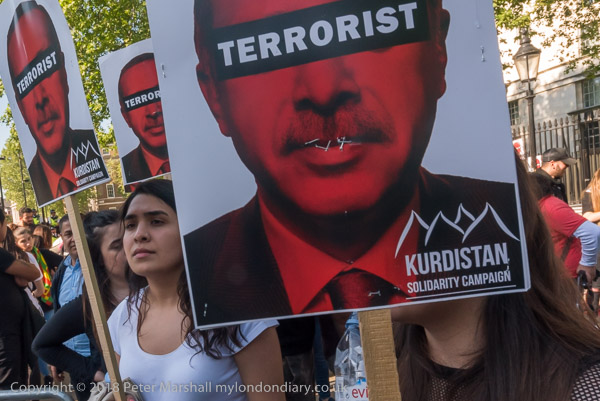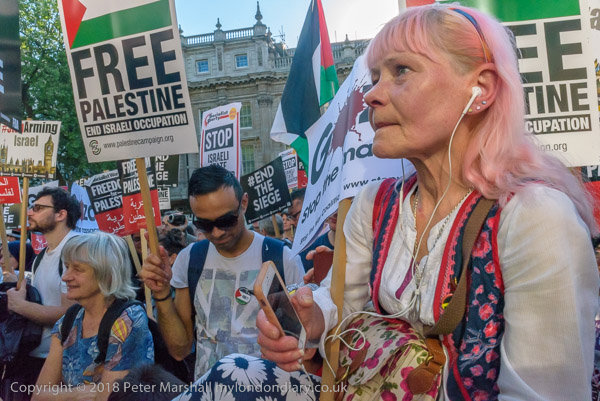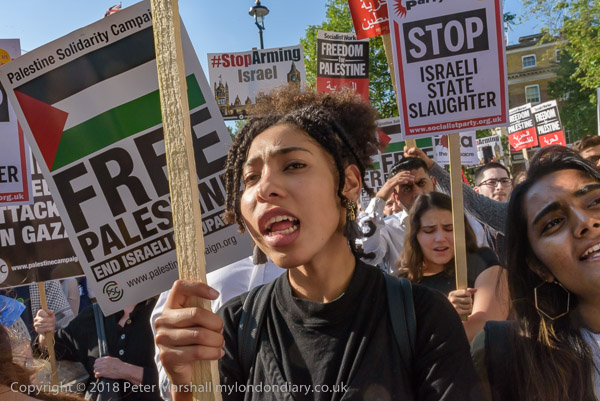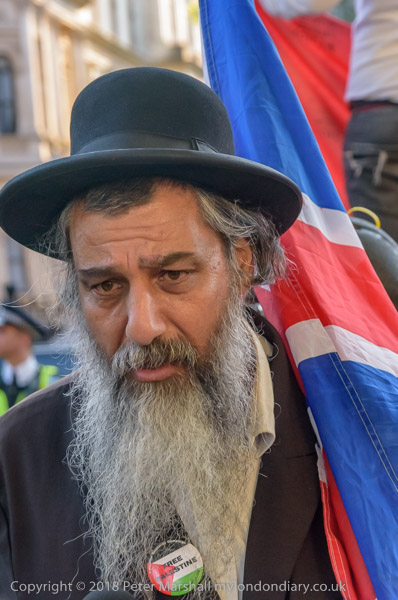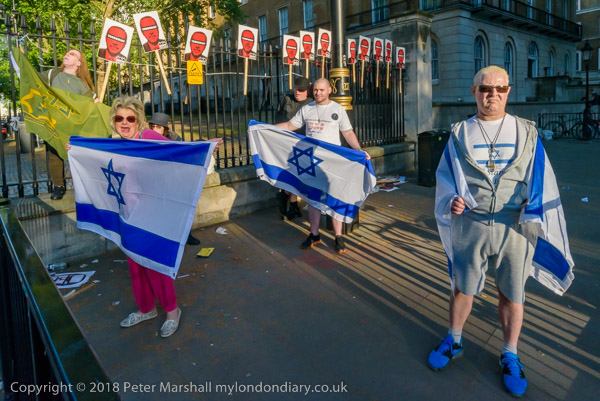Continuing my series of posts of my pictures from 1977 with my comments. All of the pictures (and more) are in my London Pictures web site, and eventually I hope to add the comments there too, but that is considerably more time-consuming and will have to wait for some time.
There are also some earlier pictures on the web site that I’ve not written about – and if you have any questions about those or any of the other of my London pictures feel free to ask them here.
__________________________________________
London 1977 (2)
Click on any image to go to the web page with a slightly larger picture.
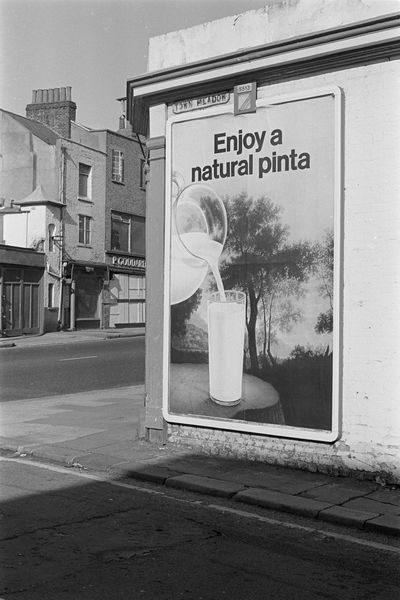
High St and Town Meadow, Brentford, Middx, 1977
13e34: Hounslow, Middx, street, advertising
Town Meadow is a small street off Brentford High St, and the only trace of anything rural was in the advertising poster on the corner. The shops on the High St are long gone, replaced by some fairly characterless flats, though there are now trees opposite.
This picture, along with another taken the same day a short distance away and a picture from Staines made a double-page spread in the final Creative Camera album, Creative Camera Collection 5, which greatly pleased me. It was only a small publication, but the volume included work by John Benton-Harris, Fay Godwin, Lazlo Moholy-Nagy, Otto Steinart, Martin Parr, Chris Killip, David Goldblatt, Raymond Moore, Bruce Gilden, Marketa Luskacova and other well-known photographers.
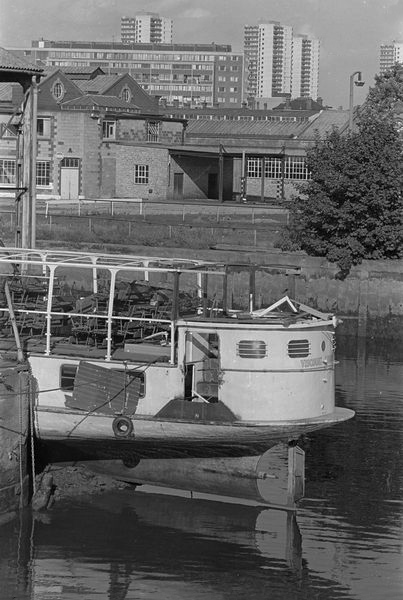
Brentford, Middx, 1977
13e36: Hounslow, Middx, river, boat
Another picture from Brentford. Behind the High St were a number of backwaters as well as the canal and the River Brent which in part shared its course.
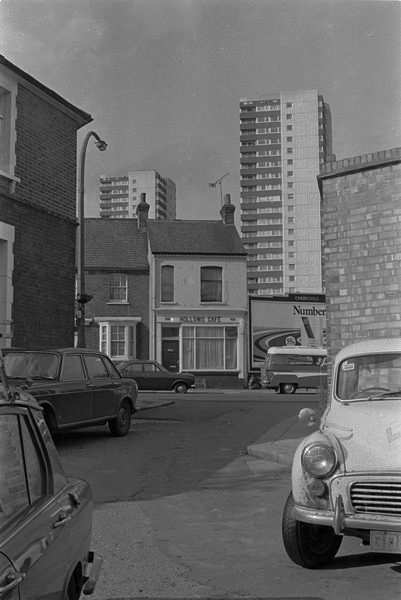
Hollows Cafe, 408 High St, Brentford, Middx, 1977
13e42: Hounslow, Middx, cafe, flats,
This scene has changed relatively little, though the Hollows Cafe is now Kew House, offering Chinese Cuisine. I don’t know what the building at the left of the image was back in 1977, but it is now an Irish pub. The flats in the background of this and yesterday’s picture are still there on Green Dragon Lane.
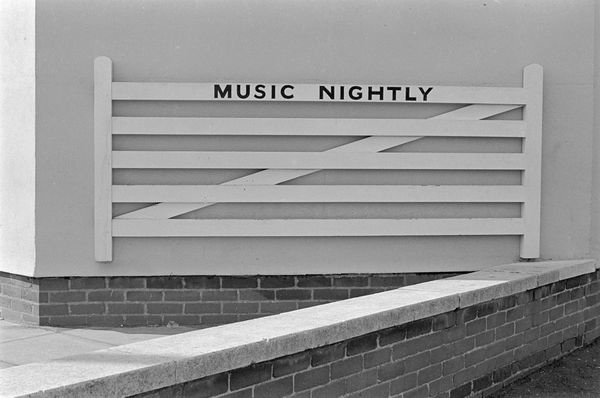
Music Nightly, Red Lion, High St, Brentford, Middx, 1977
13e43: Hounslow, Middx, pub, gate,
Another from Brentford. There was something odd about this gate fixed on a very solid wall that promised nightly music.
The Red Lion it was on the side of was a well-known rock venue which was demolished in the 1990s to make room for a McDonald’s. It was relatively small and intimate, but attracted some great musicians, including Bo Diddley who did at least a couple of gigs there, Dr Feelgood and Ben E King.
It had been built in 1964-5 as a replacement for an earlier pub of the same name on the opposite side of the High St, demolished as a part of a road widening scheme when the gas works was being demolished, and which destroyed most of what then remained of Old Brentford (a few shop fronts went to the Museum of London.) Fortunately the road scheme stopped a couple of hundred yards to the west and was never completed, possibly because of local government re-organisation in which Brentford became a part of the LB Hounslow.
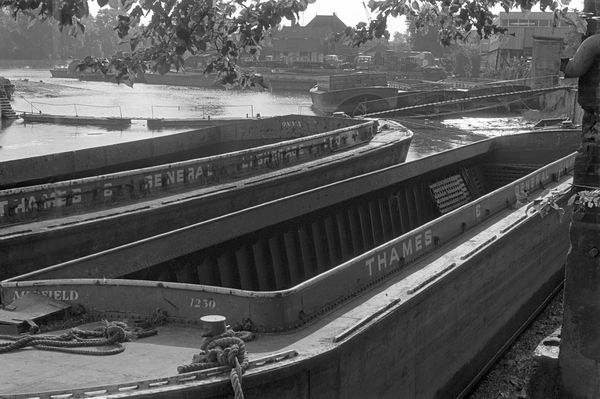
River Thames, Brentford, Middx, 1977
13e44: Hounslow, Middx,
Lighters moored alongside the former gas works site on Brentford High St. The gas works was demolished around 1964 and the area became public open space, Watermans Park. Hounslow Council had for some years been attempting to evict the 25 boats moored there – some since the 1960s – to build a £5.4 million marina to gentrify the area and won their legal case last November, with the eight remaining boat owners having to pay over £300,000 in legal costs and given 21 days to move.
The Thames Steam Tug and Lighterage Company was taken established in 1856 it set up a yard on Lots Ait a few yards upstream from here in 1904 which repaired and built barges and tugs for use on the Thames. At that time the company owned 340 barges and five tugs. At its peak the Lots Ait yard employed around 150 men and 2 women.
In 1961 although business was beginning to fall the company still employed over 400 lightermen when it was taken over by the Transport Development Group, and later amalgamated with he General Lighterage Company in the 1960s to form the Thames and General Lighterage Company. Around 1979 this was bought by William Cory Ltd, who moved away from coal and oil transport to waste disposal.
Lighters like this were made from 10mm thick steel, and slowly rust both from the outside and often from the inside, eventually becoming unusable as the steel remaining gets too thin. But there are still quite a few around as this may take a couple of hundred years – and small areas that get too thin can be repaired.
Brentford was where traffic on the canals met the river Thames, with goods being transhipped between large barges like these and narrow boats. The company operated Brentford Dock together with the Great Western Railway, with a line from the main line at Southall which brought Welsh coal, and for some time also had a passenger service with a station on the London Road in New Brentford where you can still see the remains of the bridge which took the line across, and a part of the line further south is now Augustus Close, leading to the private Brentford Dock housing estate with its notices ‘Private Property Residents Only No Public Right of Way’.
As with the railways, it was Dr Beeching, a man deeply in thrall to the road lobby, that did for the river traffic and canals, and in 1963 he recommended that waterborne traffic be moved to the roads; the the Lots Ait yard closed in 1980.
In 2005 the Ait was sold to investors and a retired solicitor, John Watson, decided he could open a new yard there. A new footbridge to the island was built and John’s Boat Works opened there in 2012. Occasionally the island is opened for conducted tours, though I’ve never managed to go on one.
Brentford was another place we sometimes took photography students, and if the tide was right many of them would wade onto the mud bank opposite Lots Ait and sometimes most of the way across. I don’t recall seeing any great pictures that they took, but they seemed to enjoy getting covered in mud.
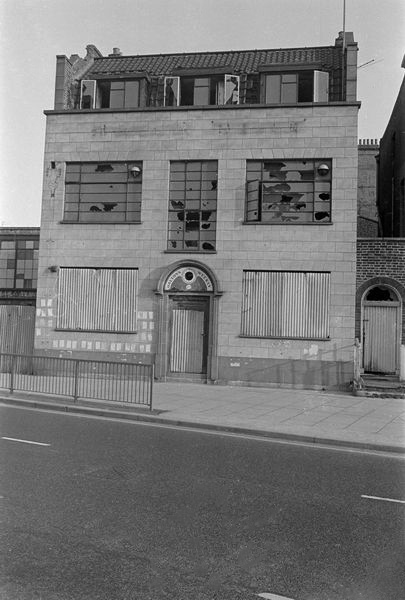
Daltons Weekly, South Lambeth Road, Vauxhall, 1977
13f56: printers, works, newspaper, Victorian
According to Wikipedia:
Established during the late 1860s by Herbert Dalton, Daltons Weekly was initially a single broadsheet listing ‘Accommodation for Gentleman’ in the then fashionable middle class suburbs around Vauxhall in South London. The paper proved very successful, but within two years of starting the paper, Dalton died, leaving it to his brother, who was a butcher and had no interest in publishing. The brother sold the paper to two brothers by the name of ‘Hebert’, for £100. For the next 102 years, Daltons Weekly remained a family business owned by the Heberts.
In 1972 the company was sold and the new owners concentrated on using it to market holidays, properties and businesses. I suspect that it was then it moved out of these premises in Vauxhall which I photographed in a rather casual snap (I think taken with tiny Minox 35mm camera I carried in my pocket) on my way to Vauxhall station.
Rather to my surprise the building which was derelict when I took this picture is still there, though rather difficult to spot as its 1930s facade that interested me has been stripped off and the doorway completely removed in a remarkably convincing ‘reconstruction’.
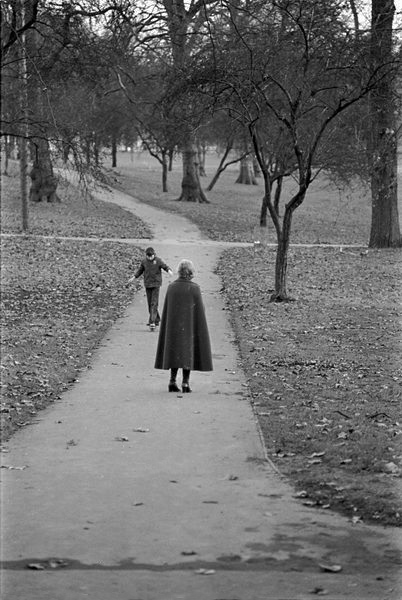
Green Park, Westminster, 1977
13j22: park, people
Back in 1977 I wasn’t using zoom lenses and I think this picture was probably taken with a relatively short telephoto, a 105mm, but would probably have been better with something a a little longer. Though perhaps the out-of focus foreground does add something to isolate these two people in a world of their own in Green Park.
There are more on the London Photographs site from 1977, but I’ve not written comments on them. This series of posts will continue with pictures from 1978.
______________________________________________________
There are no adverts on this site and it receives no
sponsorship, and I like to keep it that way. But it does take a considerable amount of my time and thought, and if you enjoy reading it, a small donation – perhaps the cost of a beer – would be appreciated.
My London Diary : London Photos : Hull : River Lea/Lee Valley : London’s Industrial Heritage
All photographs on this and my other sites, unless otherwise stated, are taken by and copyright of Peter Marshall, and are available for reproduction or can be bought as prints.
To order prints or reproduce images
________________________________________________________
